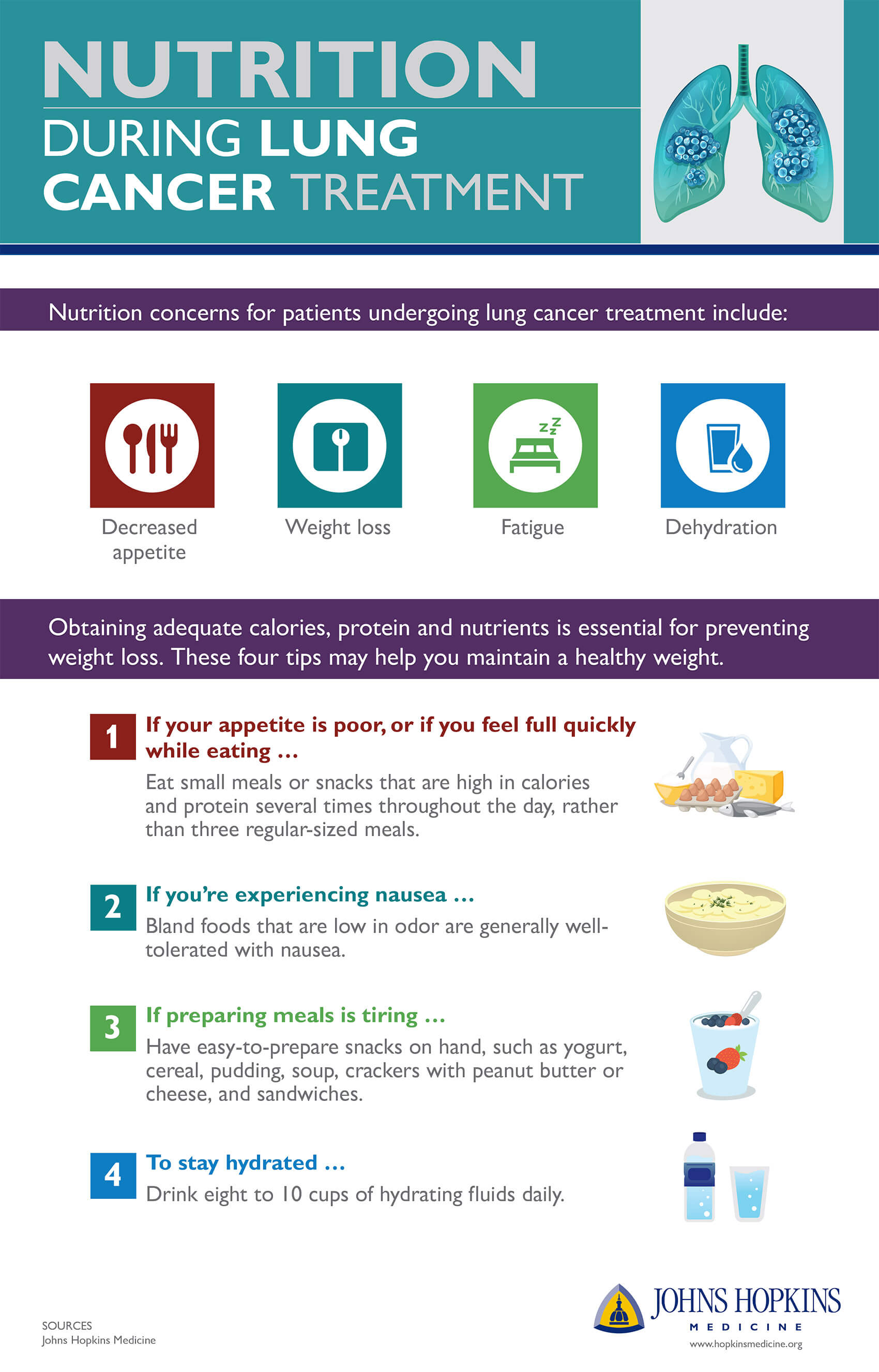
Acid reflux, a condition where stomach acid flows back into the esophagus, can be a source of discomfort for many. While medications can help, managing acid reflux through diet is an effective and natural approach. Here are some tips to help you alleviate symptoms and promote digestive health.
Understanding Acid Reflux
Acid reflux occurs when the lower esophageal sphincter (LES) relaxes abnormally or weakens, allowing stomach acid to flow back into the esophagus. This backward flow can cause a burning sensation in the chest, known as heartburn, and other symptoms like regurgitation, bloating, and difficulty swallowing.
The Role of Diet in Acid Reflux
Diet plays a crucial role in managing acid reflux. Certain foods and beverages can trigger or worsen symptoms, while others can help soothe the digestive tract and reduce acid production.
Identify Trigger Foods
Everyone’s triggers can vary, but common culprits include spicy foods, citrus fruits, tomatoes, chocolate, caffeine, and fatty or fried foods. Keep a food diary to identify specific items that may be contributing to your symptoms.
Opt for a Low-Acid Diet
Choose foods that are less acidic to minimize irritation. Opt for lean proteins, whole grains, and non-citrus fruits. Vegetables like broccoli, asparagus, and green beans are generally well-tolerated. Oatmeal and brown rice can be good choices for grains.
Eat Smaller, More Frequent Meals
Large meals can put pressure on the LES, increasing the risk of acid reflux. Instead, try eating smaller, more frequent meals throughout the day to ease the digestive process and reduce the likelihood of stomach acid flowing back into the esophagus.
Stay Hydrated with Water
Water is your best beverage choice when managing acid reflux. It helps dilute stomach acid and aids in digestion. Avoid carbonated and caffeinated drinks, as they can contribute to acid reflux symptoms.
Chewing Gum After Meals
Chewing gum stimulates saliva production, which can help neutralize stomach acid. Opt for sugar-free gum and chew it for about 30 minutes after meals to promote saliva flow and reduce the risk of acid reflux.
Maintain a Healthy Weight
Excess weight, especially around the abdomen, can put pressure on the stomach and increase the likelihood of acid reflux. Aim for a healthy weight through a balanced diet and regular exercise.
Elevate the Head of Your Bed
Lying down flat can make it easier for stomach acid to flow back into the esophagus. Elevate the head of your bed by placing blocks under the bedposts to promote better digestion and reduce the risk of nighttime reflux.
Conclusion: Making Informed Dietary Choices
In conclusion, managing acid reflux through diet involves making informed choices about the foods you eat and how you eat them. By identifying trigger foods, opting for a low-acid diet, and adopting healthy eating habits, you can significantly reduce the occurrence of acid reflux symptoms.
For additional tips and information on managing acid reflux through diet, check out Tips for managing acid reflux through diet.
Remember to consult with a healthcare professional for personalized advice based on your specific condition. Making positive changes to your diet and lifestyle can contribute to better digestive health and overall well-being.



